Adapting to the Recurring Threat of Wildfire
On the night of May 7, 2009, the Jesusita Fire swept through the Santa Barbara Botanic Garden (SBBG). The fire burned through many areas of the garden, including the rare plant section, and wiped out displays, a bridge, and a historic building. But it did not get the rare island barberry (Berberis pinnata ssp. insularis) seedlings growing in the nursery.
Maintained as part of the CPC National Collection, island barberry is a species that was originally found on three of the California Channel Islands and is now limited to just one. At the time of the fire there were thought to be only five individuals remaining in the wild. Knowing that every individual of the species was precious, Heather Federlein, Plant Propagation Manager at SBBG, packed all the island barberry pots into her car before being evacuated from the garden. There was no formal evacuation plan, no checklist of things to do or take, Heather simply saw a need and acted.
In the end, the Jesusita fire burned 8,733 acres, destroyed 80 homes, and forced 35,000 people to be evacuated. But the fire’s legacy wasn’t all destruction. After the fire, the garden began to recover. Some of the species in the garden even seemed to thrive afterwards, which is not surprising given the many fire-adapted ecosystems in California. Santa Cruz Island bushmallow (Malacothmnus fasiculatus var. nesioticus), another National Collection species, not only resprouted post-fire but expanded – spreading by underground roots. This reaction clued SBBG’s conservation scientists as to how this species – and others similar to it, like Lompoc yerba santa (Eriodictyon capitatum) – might respond to fire in the wild. As a result, they have conducted surveys to collect pre-fire data should the wild populations be impacted by a fire.
It wasn’t just the garden’s plants that recovered. The burned bridge was rebuilt, a new conservation center was built on the site of the historic building, and the garden began to formalize its fire preparedness plans. The Pritzlaff Conservation Center is soon to be a LEED® certified, sustainable building that houses research and administrative staff, classroom and art exhibition spaces, and research labs, as well as the garden’s seed bank and herbarium collections. The building was constructed free of wood and the collections are kept underground in the basement, lending additional protection from wildfires. And wildfire plans are now available where each employee can reference them from anywhere online.
Direct destruction by fire is not the only threat that wildfires pose. Fires often result in a loss of power and evacuation of the staff who tend to everything. Though the seed bank freezers in the Pritzlaff Conservation Center have back-up batteries powered by solar panels, even this is not foolproof. Heather Schneider, Rare Plant Biologist, has installed an alarm system that sends a text to staff when the temperature drops. She is also working towards putting together a plan for quickly and safely transporting the seed, without thawing or damage from condensation, to freezers in a location not likely to be impacted by the same wildfire event.
Just this past December, the Thomas Fire roared through Ventura and Santa Barbara Counties, burning over 280,000 acres to become the largest fire in state history (until just this last month, when the Mendocino Complex Fire surpassed it). The Garden was in the evacuation zone and staff were kept off-site for two weeks. And though they had formal wildfire plans and backup power, there was still plenty to worry about.
While working remotely for two weeks, Denise Knapp, Director of Conservation and Research, couldn’t help but be concerned for the data at the Conservation Center. Even with much of the garden’s data and records digitized, the server itself was located on the garden grounds and thus subject to fire risk – and not all of the data were accessible remotely. Since then, SBBG’s IT team has been working to back-up the server off-site.
Wildfires will be a recurring issue that impact not only SBBG, but many other gardens, institutions, and citizens. SBBG has learned a lot from its experiences with fire, and is better prepared than ever to deal with such an emergency. Ultimately, as Denise Knapp points out, it’s the passion and dedication of her co-workers, people like Heather Federlein and Heather Schneider whose concern for the collections in their care leads them to plan and act with the plants in mind, that will protect the Garden’s most valuable resources. It is amazing plant-lovers like them who help the garden adapt and who will conserve the garden’s priority collections in times of crisis in the future.
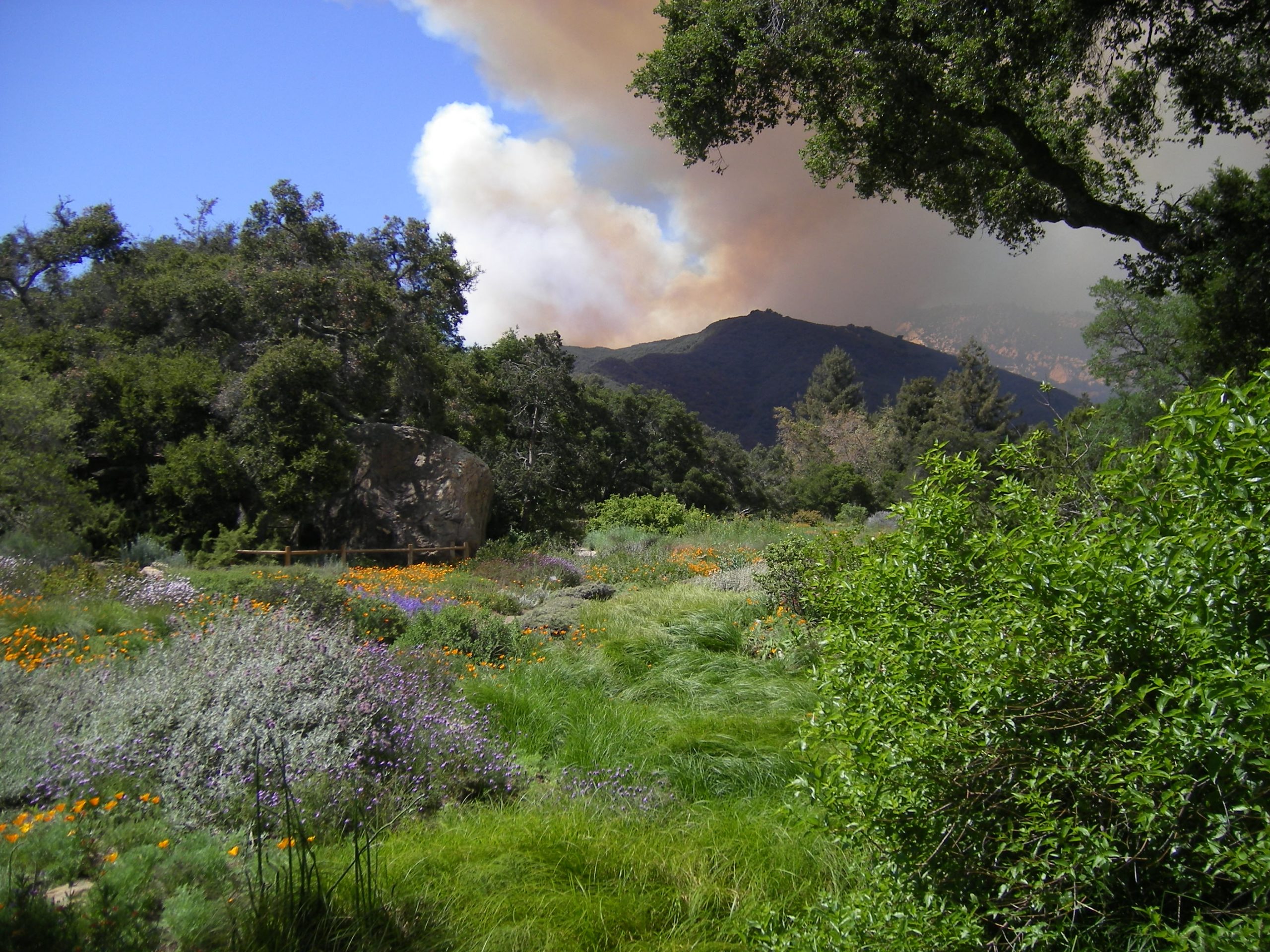
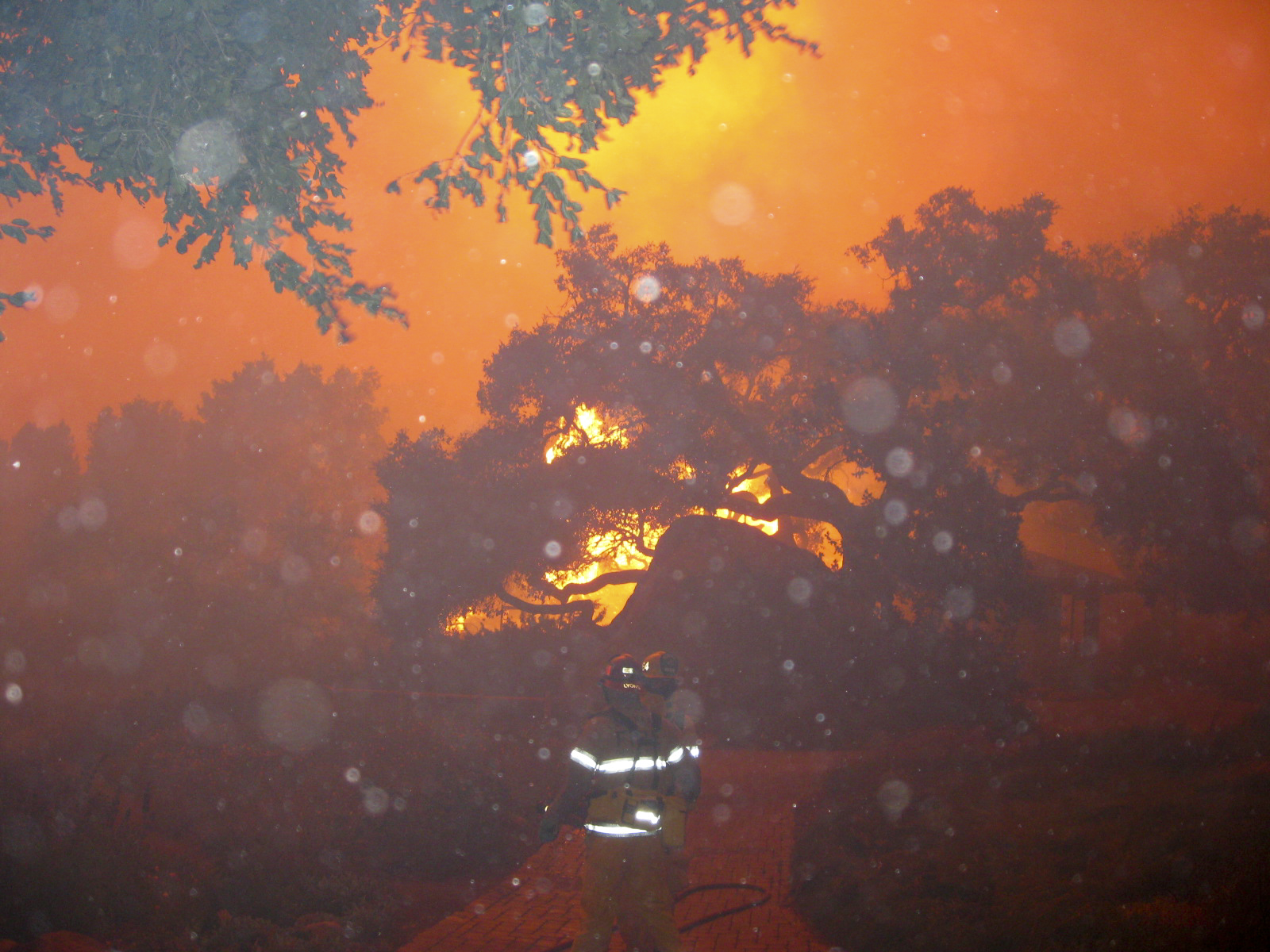
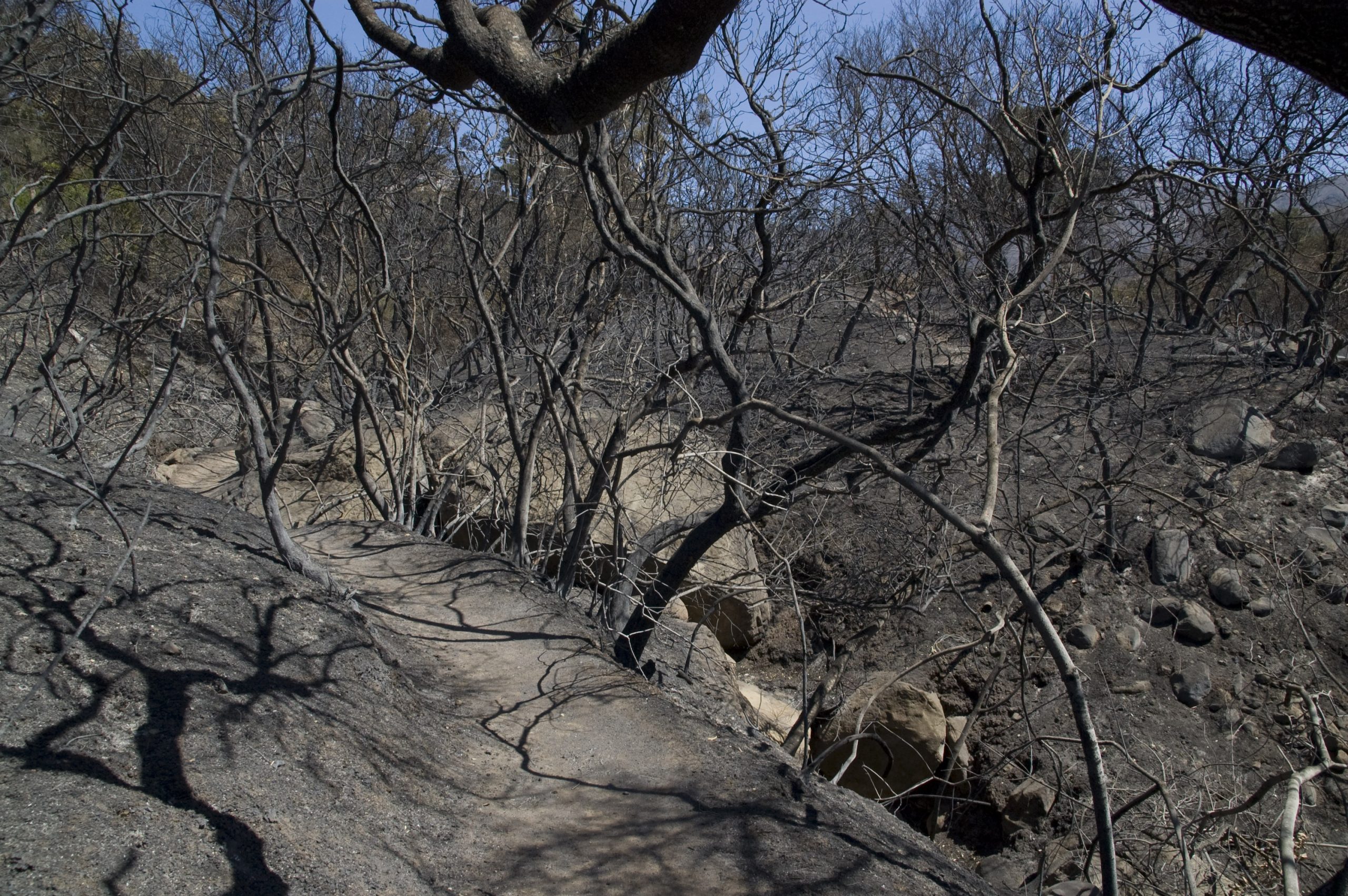
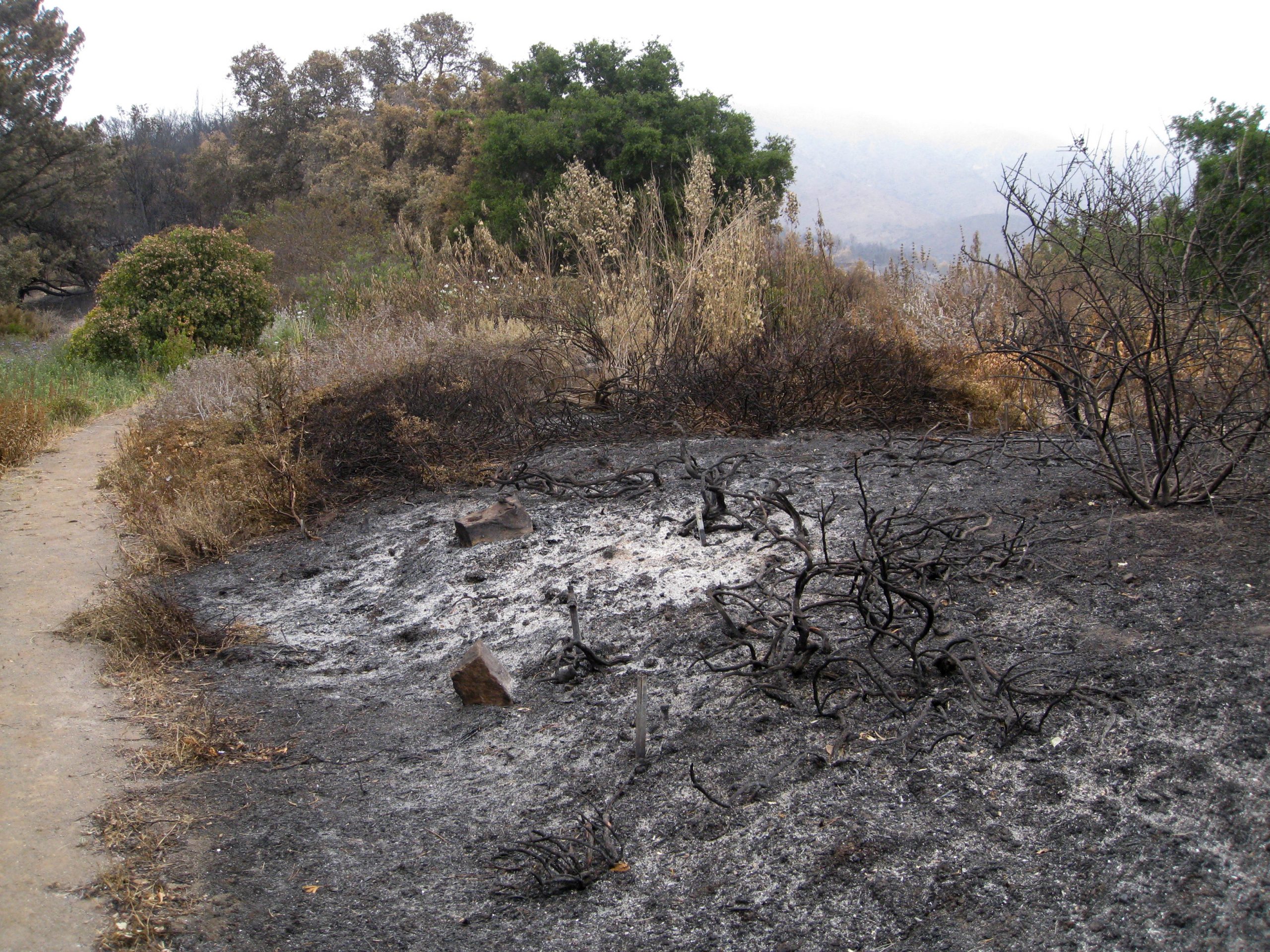
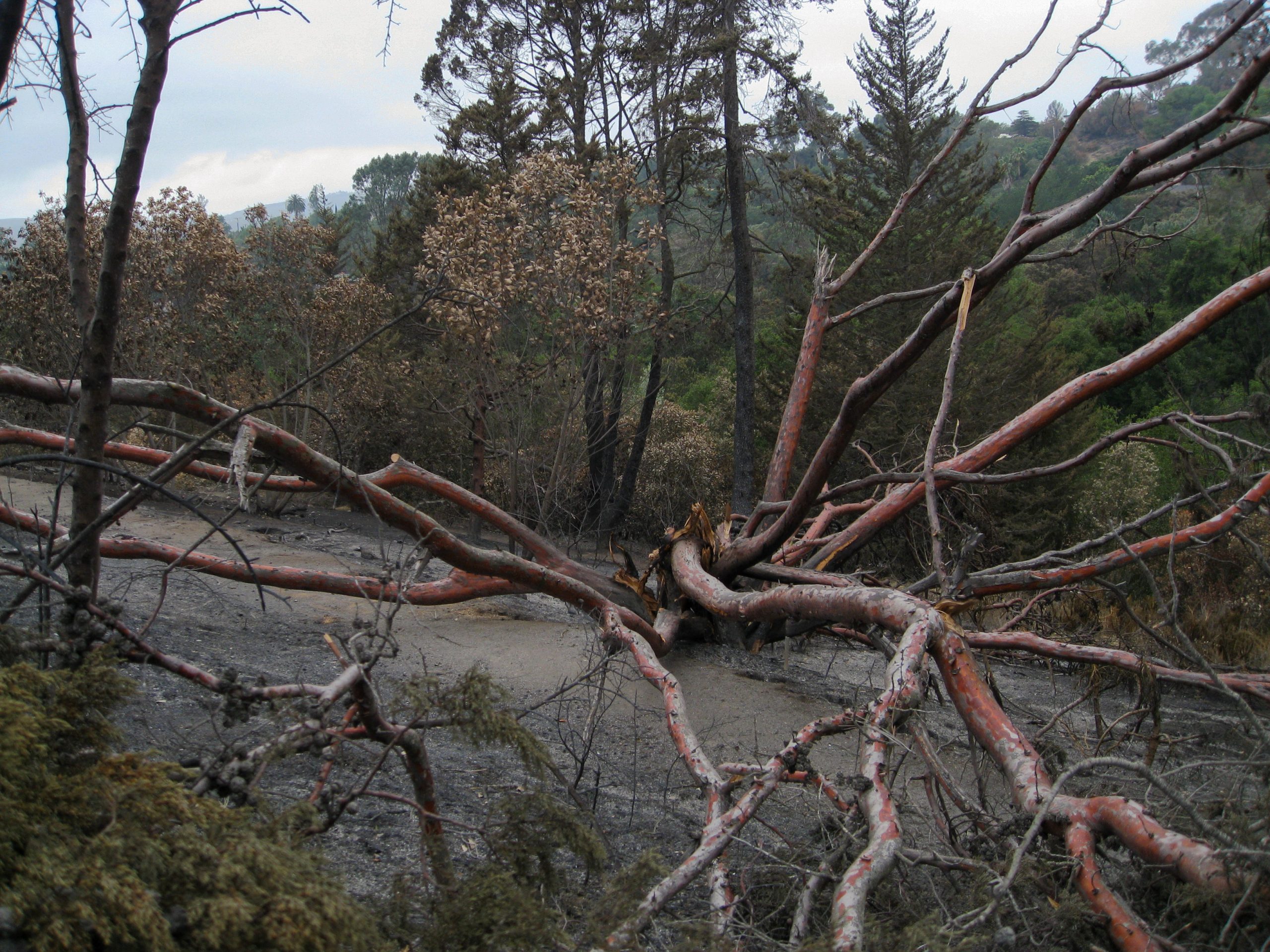
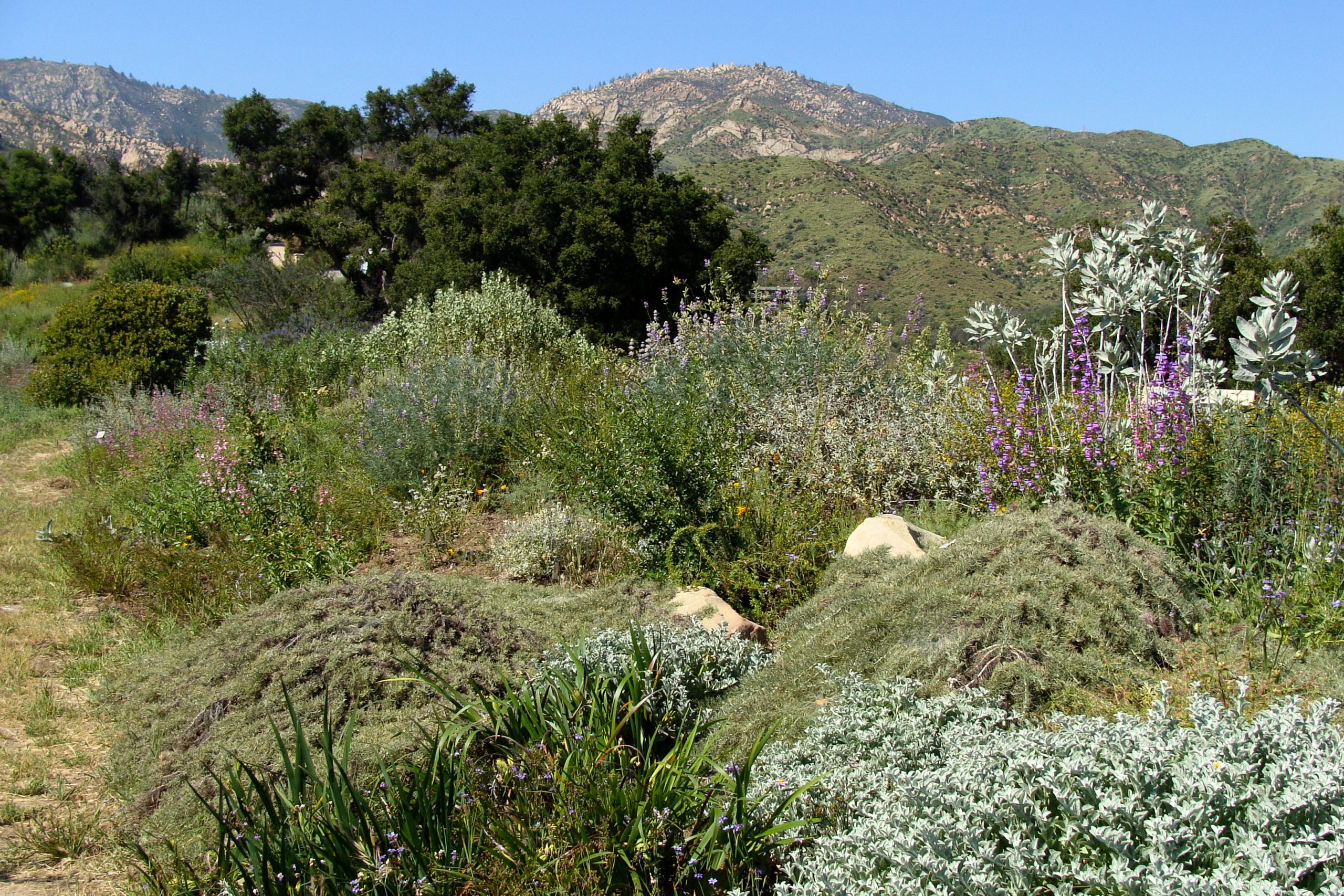
-
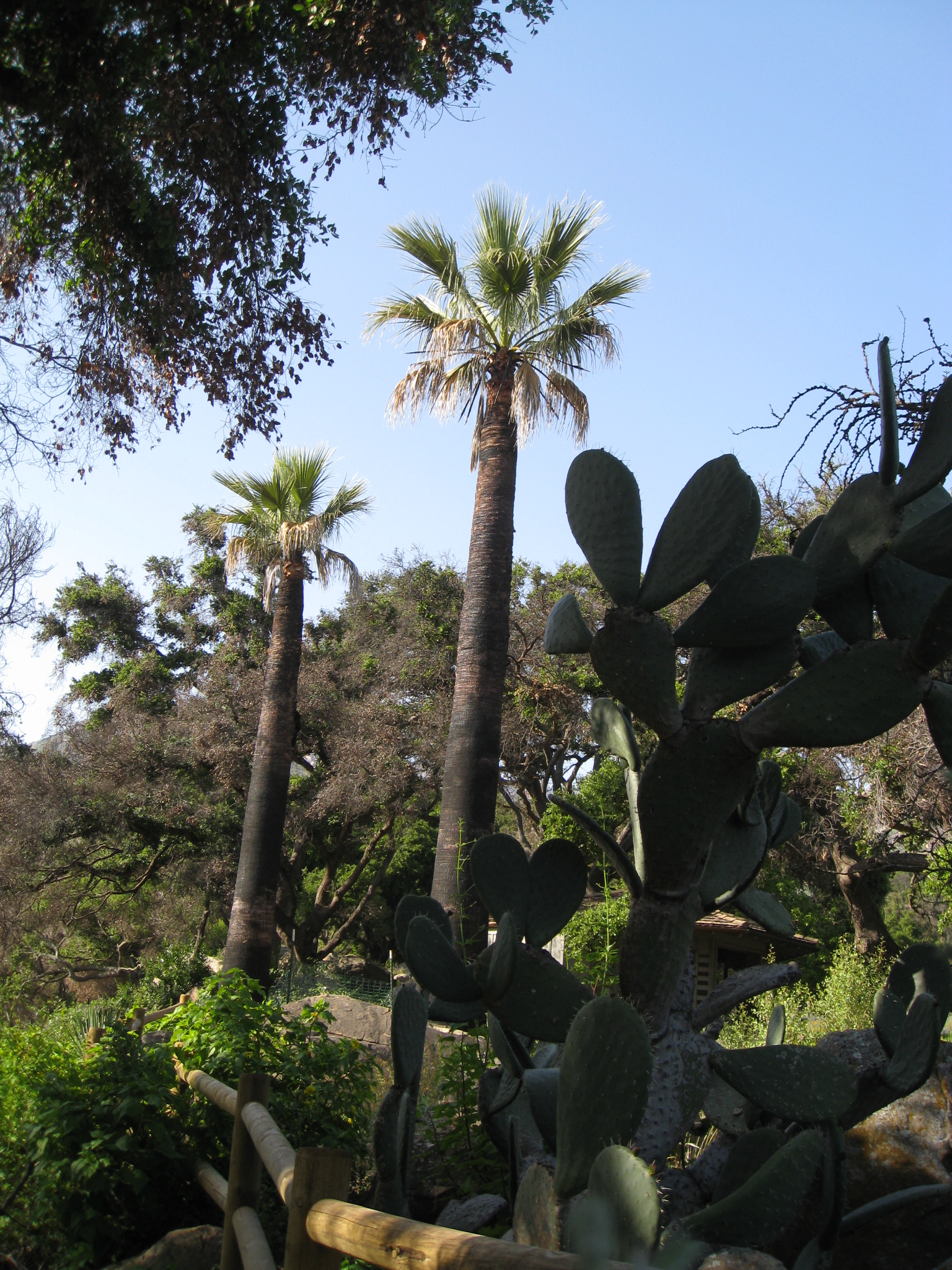
SBBG after Jesusita Fire. One year after the fire, the California fan palms (Washingtonia filifera), scorched as the fire passed through the Desert Section of the Garden, had green crowns topping their blackened trunks. Photo by John Wardlaw, courtesy of the Santa Barbara Botanic Garden. -
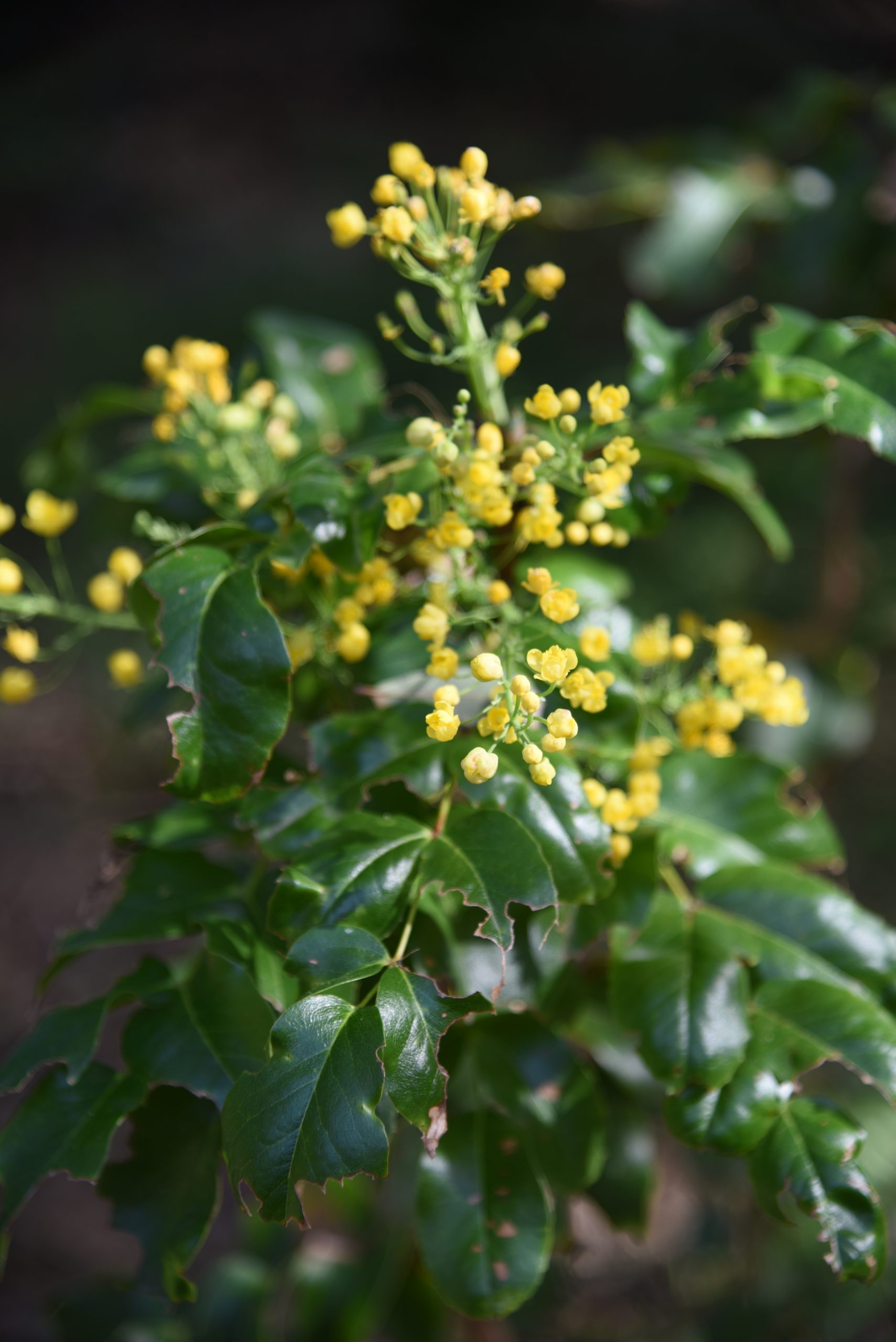
Island barberry (Berberis pinnata insularis) seedlings housed in SBBG’s nursery were saved from the threat of the Jesusita Fire in 2009 by dedicated Plant Propagation Manager, Heather Federlein. Photo by Denise Knapp, courtesy of the Santa Barbara Botanic Garden. -
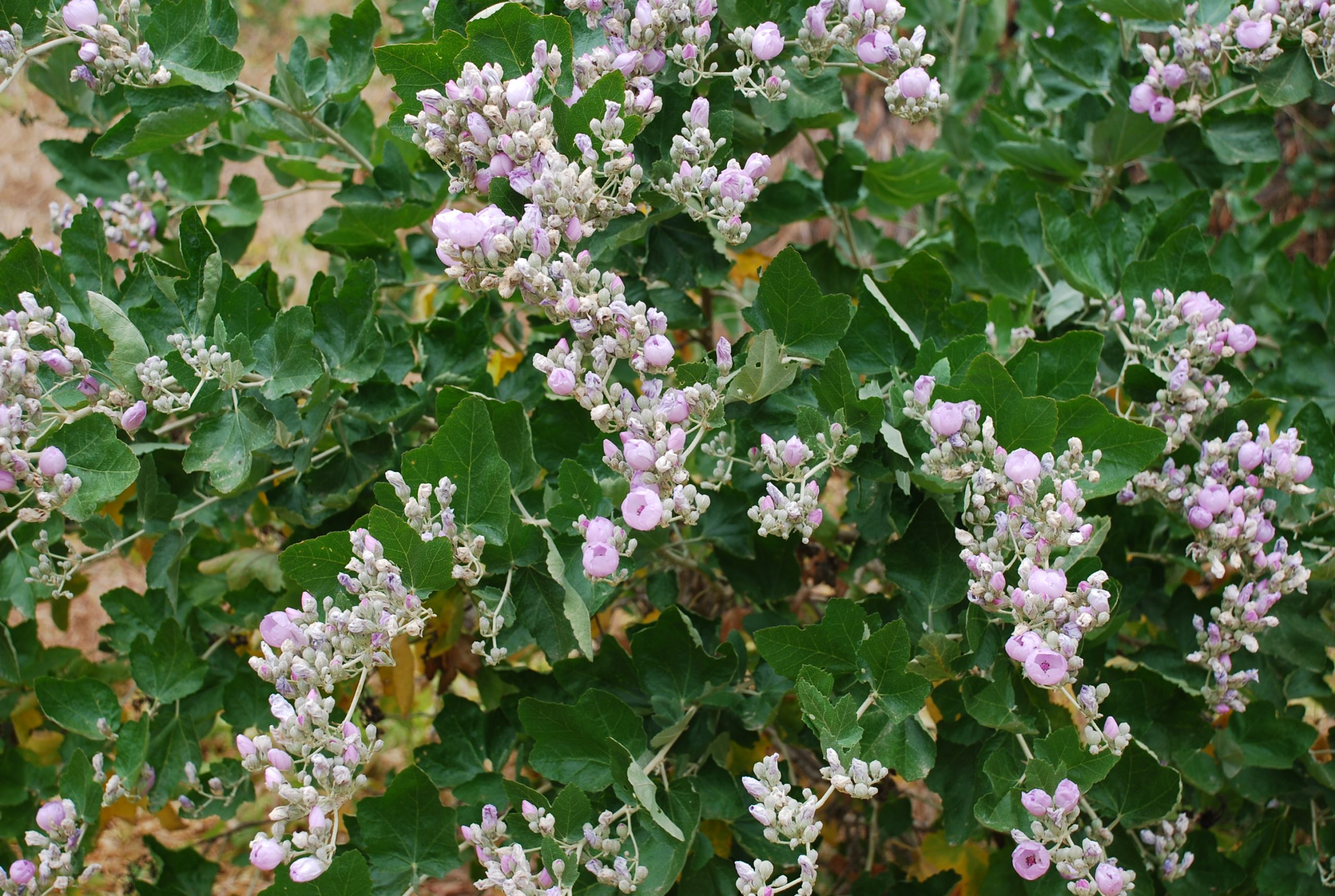
Santa Cruz Island bushmallow(Malacothamnus fasciculatus nesioticus) thrived at Santa Barbara Botanic Garden following the 2009 Jesusita Fire. Photo by Denise Knapp, courtesy of the Santa Barbara Botanic Garden.